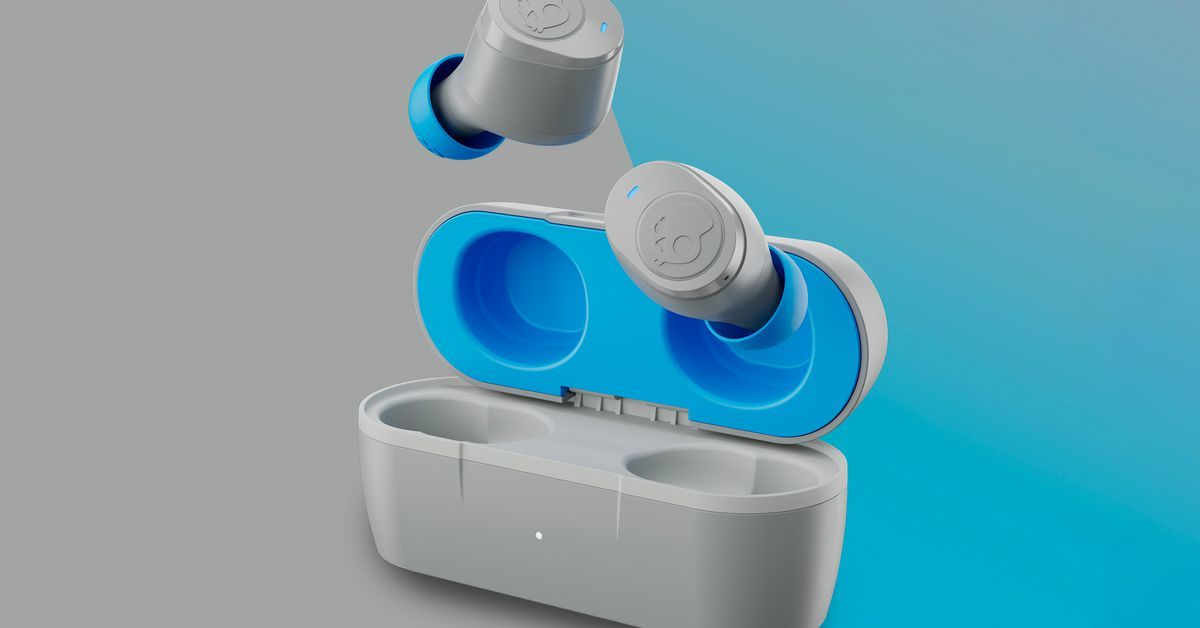Tesla's Hidden 'Elon Mode' Unveiled: A Sneak Peek into the Future of FSD [Video]
Tesla's Hidden 'Elon Mode' Unveiled: A Sneak Peek into the Future of FSD [Video] Well-known Tesla hacker and a treasure trove of undiscovered Tesla secrets, @GreenTheOnly has once again made waves in the Tesla community. His recent Twitter revelation uncovers a hidden gem in Tesla's Full Self-Driving (FSD) Beta software - a unique feature named 'Elon Mode'. @GreenTheOnly's tweets give the world a peek into this under-the-radar feature that is yet to see public release. His deep dive into the hidden depths of Tesla's software brings to light an interesting twist to how Tesla's FSD Beta monitors driver attentiveness. 'Elon Mode' - Redefining Driver Monitoring The driver monitoring system in Tesla vehicles is known for its 'nag' feature. This alerts drivers to maintain their focus on the road and requires them to exert resistance on the steering wheel, signifying their attentiveness. 'Elon Mode' brings a paradigm shift to this system. In 'Elon Mode', featured above, the car switches from steering wheel 'nags' to a more advanced driver monitoring method. It employs only the internal camera to keep a watchful eye on the driver, ensuring they are not distracted. This is a significant stride towards enabling hands-off driving, a promising prospect for Tesla's global user base. Green’s Intriguing Experience with 'Elon Mode' Taking us on a virtual ride spanning nearly 1,000km, Green shares his firsthand experience with 'Elon Mode'. During this journey, Green enjoyed the luxury of a nag-free ride, thanks to Tesla's computer vision-based driver monitoring. Green observed that the irritating nuisances of the FSD, such as random lane changes and slower driving speed, become less noticeable if he doesn't have to watch the car continually. He even entertained the idea of reading a book or browsing a website, suggesting that the mild, non-human driving choices made during the journey go virtually unnoticed. He commended the FSD's performance on divided highways and revealed that there's a fair chance the car can navigate between two points without needing any human input. He even ventured that if this technology were offered as Level 3 automation, where the driver doesn't need to pay attention constantly, it would be a "solid deal at $15k" (historical FSD prices). Despite the benefits, Green also highlights the downside of 'Elon Mode'. Giving the car free rein to make unnecessary lane changes could incite road rage from other drivers. This suggests there's still room for refinement before 'Elon Mode' is ready for public release. Green's journey in Elon Mode offers a promising glimpse into the future of autonomous driving. While it's not clear when this hidden mode will be publicly accessible, one thing is certain - the future of driving is closer than we think. Don't miss out! Subscribe to our newsletter to be the first to know about Tesla's upcoming features and new software updates.
Tesla Patents Steer-by-Wire System, Increasing the Yoke's Potential Tesla has taken another step into the future with its latest patent filing for a steer-by-wire system. Late last year, speculation was that this system might be coming in 2023. The system, poised to replace traditional steering mechanisms, brings promising advantages: increased efficiency, advanced steering configurations, and the opportunity for groundbreaking vehicle cockpit designs. The Steer-by-Wire System At this point, you may wonder: What is a steer-by-wire system, and how does it change the game? Steer-by-wire technology eliminates the mechanical linkage between the steering and the vehicle's wheels. Instead, steering inputs from the driver are converted into electronic signals, which are then processed by the vehicle's computer system to control the wheels' direction. This transformation promises an ultra-responsive, smoother, and more efficient steering experience, a development bound to change how we drive. Setting Stage for a Shift with the Steer-by-Wire System Tesla's steer-by-wire system, as detailed in the patent, is designed with a remarkable feature: redundancy. The system does away with the need for a backup mechanical steering system, relying instead on zonally isolated redundant components. This ensures that even in the event of a component failure, the overall system's performance remains uncompromised. But how does this fit with Tesla's current design? The company's novel yoke steering wheel, which made waves in 2021, seems the perfect candidate for a steer-by-wire system. This bold design has met with mixed reviews, primarily due to its deviation from traditional hand-over-hand steering. Yet, with a steer-by-wire system, such a design could come into its own, by offering different steering ratios at various speeds, essentially eliminating hand-over-hand actions. How Steer-by-Wire System Edges Out Traditional Mechanisms The steer-by-wire system isn't just about changing the status quo; it's about enhancing it. One key benefit is the potential to speed up production by reducing the number of parts needed for the steering mechanism. Additionally, the drive-by-wire technology promises a smoother ride, as the steering wheel is no longer directly connected to the road, minimizing vibration and pull on uneven surfaces. Moreover, the advanced system responds to multiple variables to create a precise steering ratio, providing a more effortless and intuitive driving experience. This could be particularly beneficial for those who might find traditional steering challenging, such as seniors or individuals with disabilities. With competition heating up in the EV market, Tesla's steer-by-wire patent signals its continued commitment to pushing boundaries and shaping the future of electric vehicles. Time will tell how this technology transforms our driving experience.
Source: Not a Tesla App

![Tesla's Hidden 'Elon Mode' Unveiled: A Sneak Peek into the Future of FSD [Video]](/post_images/19-06-2023/2503512.jpg)
